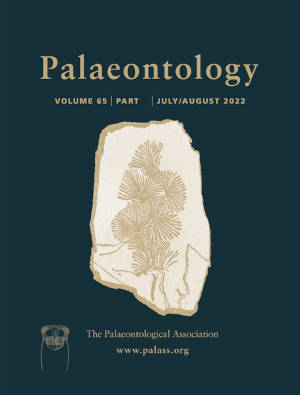Article: A new proteid salamander (Urodela, Proteidae) from the middle Miocene of Hambach (Germany) and implications for the evolution of the family
Publication: Palaeontology
Volume:
65
Part:
1
Publication Date:
2022
Article number:
e12585
Author(s):
Loredana Macaluso, Andrea Villa, and Thomas Mörs
Abstract
Abstract Members of the urodele family Proteidae currently account for eight extant species within two genera and at least four extinct species within three genera. The clade has a clear disjunct geographical range, with the extinct Paranecturus and the extant Necturus in North America and the extinct Mioproteus and the extant Proteus in Europe and Asia. A recent phylogenetic analysis supported a Eurasian clade including both fossil and living species found east of the Atlantic Ocean. However, the finding of a new proteid salamander, herein named Euronecturus grogu, from the Miocene of western Germany sheds new light on the evolution of this family, challenging the idea of all Eurasian members of the group deriving from a single lineage separated from the North American ones at least prior to the Oligocene. This new proteid taxon is based on five isolated atlases found in late Orleanian (MN 5) sediments in Hambach 6C, and displays features that are unknown in any other proteid, such as the presence of secondary dorsal crests, small and posteriorly-directed postzygapophyses, and (in at least some specimens) a wide and deep ventral fossa between the anterior cotyles. A phylogenetic analysis recovered the new taxon in an early-branching position within Proteidae, sister to all other proteids but the late Maastrichtian Paranecturus. It thus suggests the presence in Europe of a second proteid lineage, currently known only in the middle Miocene, that appears unrelated to the Mioproteus–Proteus clade.
